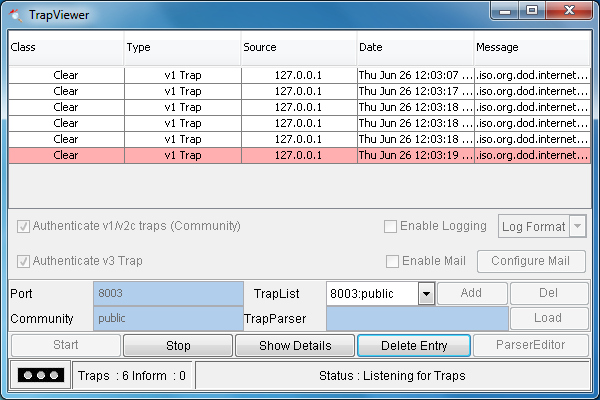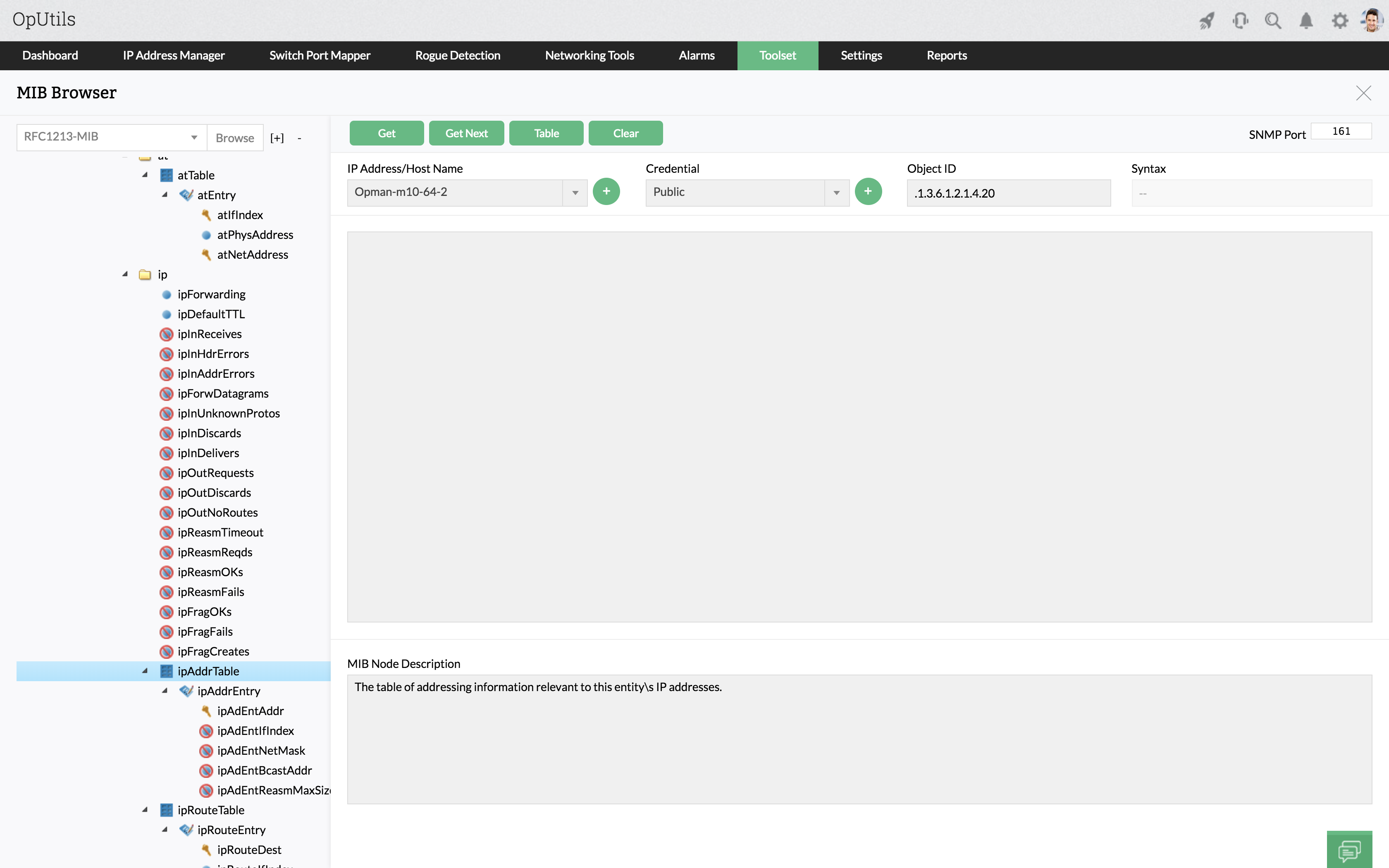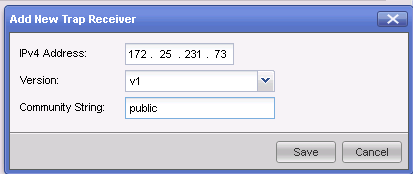

To list the firewall rules execute this command: firewall-cmd -list-all To ENABLE the firewall on boot and to start it, execute the following commands: systemctl enable rvice

If the firewall is NOT running, this means that inbound traffic is allowed. Main PID: 647 (code=exited, status=0/SUCCESS)

IF the firewall is NOT running, it will produce this output: └─647 /usr/bin/python -Es /usr/sbin/firewalld -nofork -nopid Loaded: loaded (/usr/lib/systemd/system/rvice enabled vendor preset: enabled)Īctive: active (running) since Tue 10:05:15 AEDT 1 weeks 0 days ago
#DEBIAN OPEN SNMP TRAP RECEIVER FIREWALL HOW TO#

If this is not the case and you are looking for a specific range, you can add its OID to the walk with this option, e.g. If SNMP is implemented correctly, this should cause the device to send all data that it provides. These are MIB-2 and enterprises - that is, on the one hand a standard area that is normalized and the same for all SNMP devices, and on the other hand a manufacturer-specific area. These are specified in the SNMP tree using so-called OIDs (object identifiers). When Checkmk performs a walk on a host, it generally retrieves two subtrees from the SNMP data area. The command cmk -snmpwalk has some more useful options: Option This would be used for partioning of fibre-channel-switches for example. The Contexts are a concept in which different information is visible in the same area of the SNMP data structure (OID), depending on the context ID. In practice, version 3 is rather less common, because this version requires significantly more computing power, and also the cost of the configuration is significantly higher than with v2c. With v2c and v1 this runs in plain text – including in the community. Version 3 is used when encrypting SNMP traffic. Attention: Since the ‘real’ version 2 has no relevance, many masks in Checkmk refer simply to v2, but always really mean v2c. If you need security use version 3 instead. Version 2 of SNMP is not found in practice, therefore CMK does not support this protocol version. Version 2 offers even better security options in addition to the features of v2c. The bulk queries accelerate monitoring by up to a factor of 10. The 64-bit counters are essential in monitoring switch ports with 1 Gbps and more.
#DEBIAN OPEN SNMP TRAP RECEIVER FIREWALL PASSWORD#
v2c is a ‘light’ variant of v2 and the ‘c’ here stands for Community, which performs the role of a password in SNMP. Use only on very old (say, 10 years and older) devices that do not support v2c, or their support for v2c is defective. Here is an overview of all relevant versions of SNMP: Version In practice, an estimated 99% of installations use v2c. These are all incompatible with each other,Īnd so the monitoring system and the monitored device must always use the same protocol version consistently.Ĭheckmk supports versions v1, v2c, and v3. The SNMP protocol is available in different versions.


 0 kommentar(er)
0 kommentar(er)
